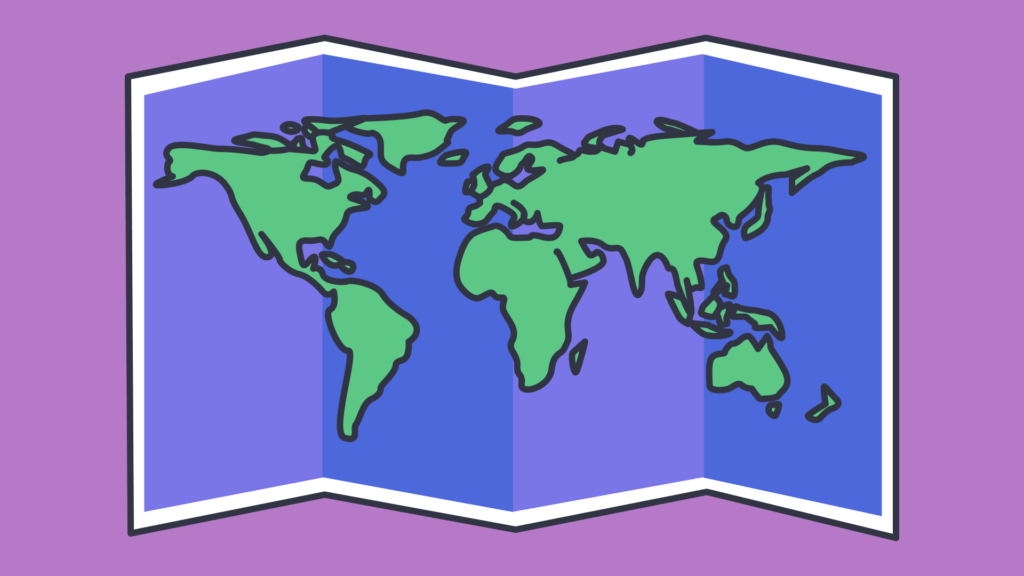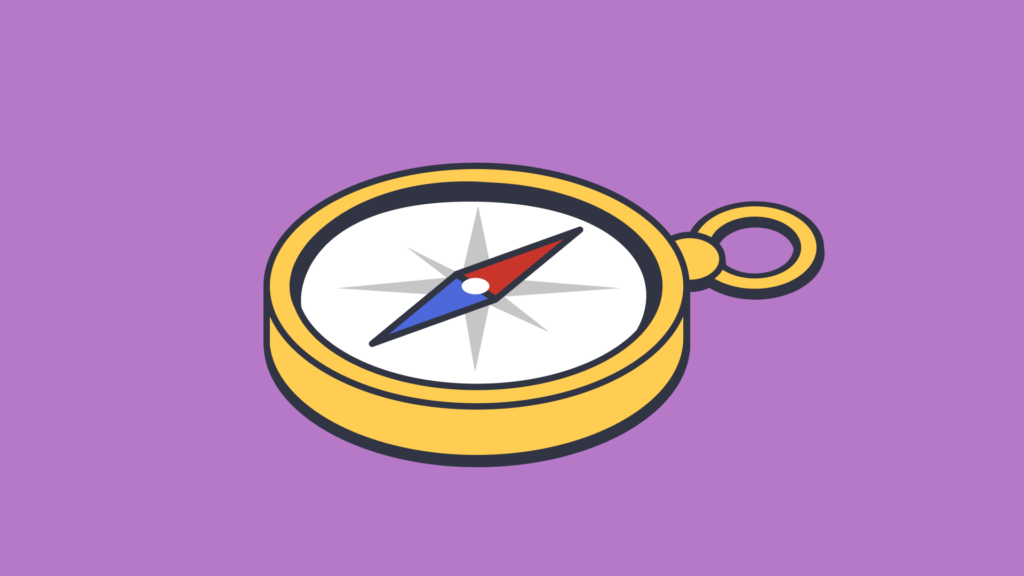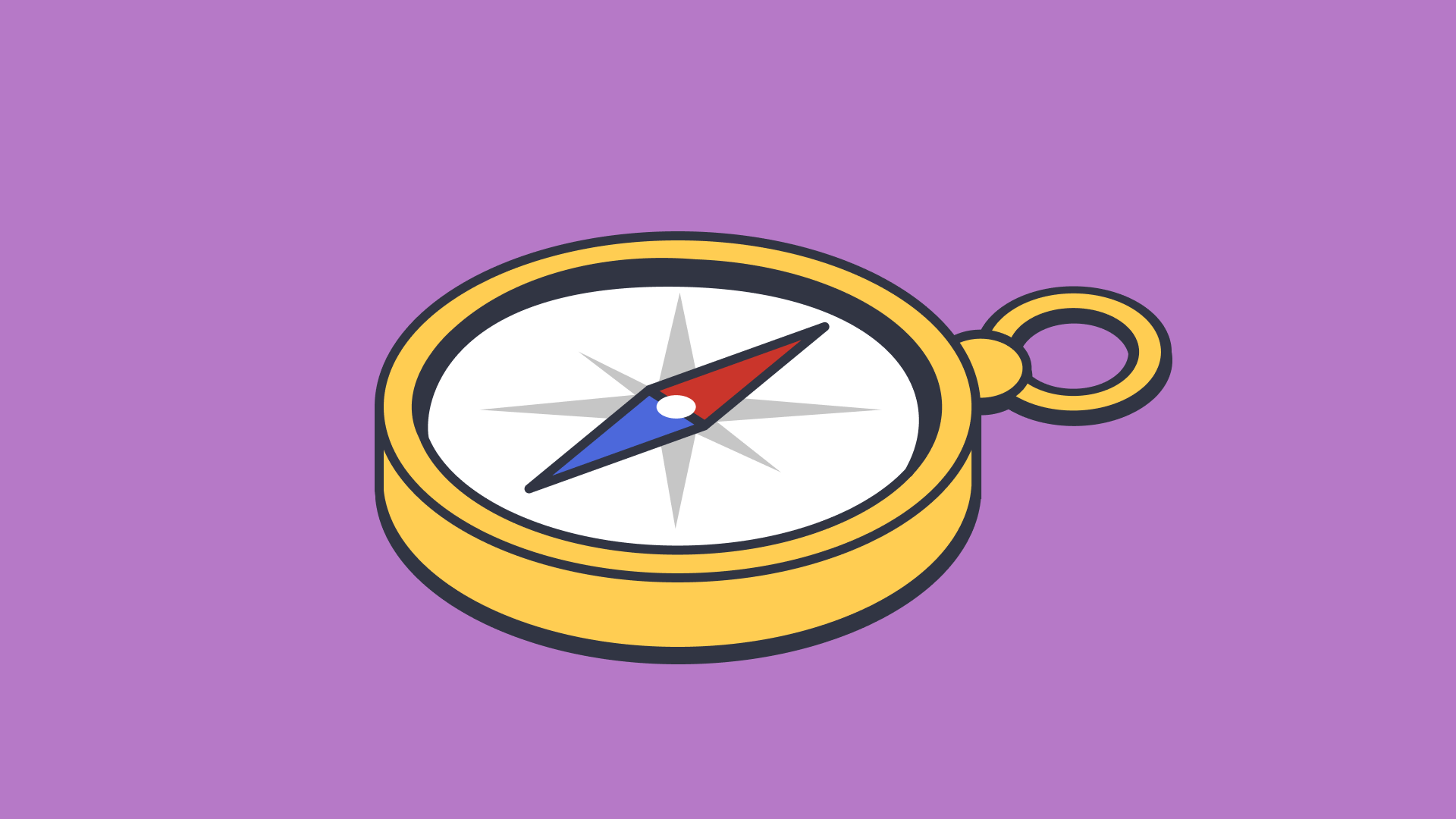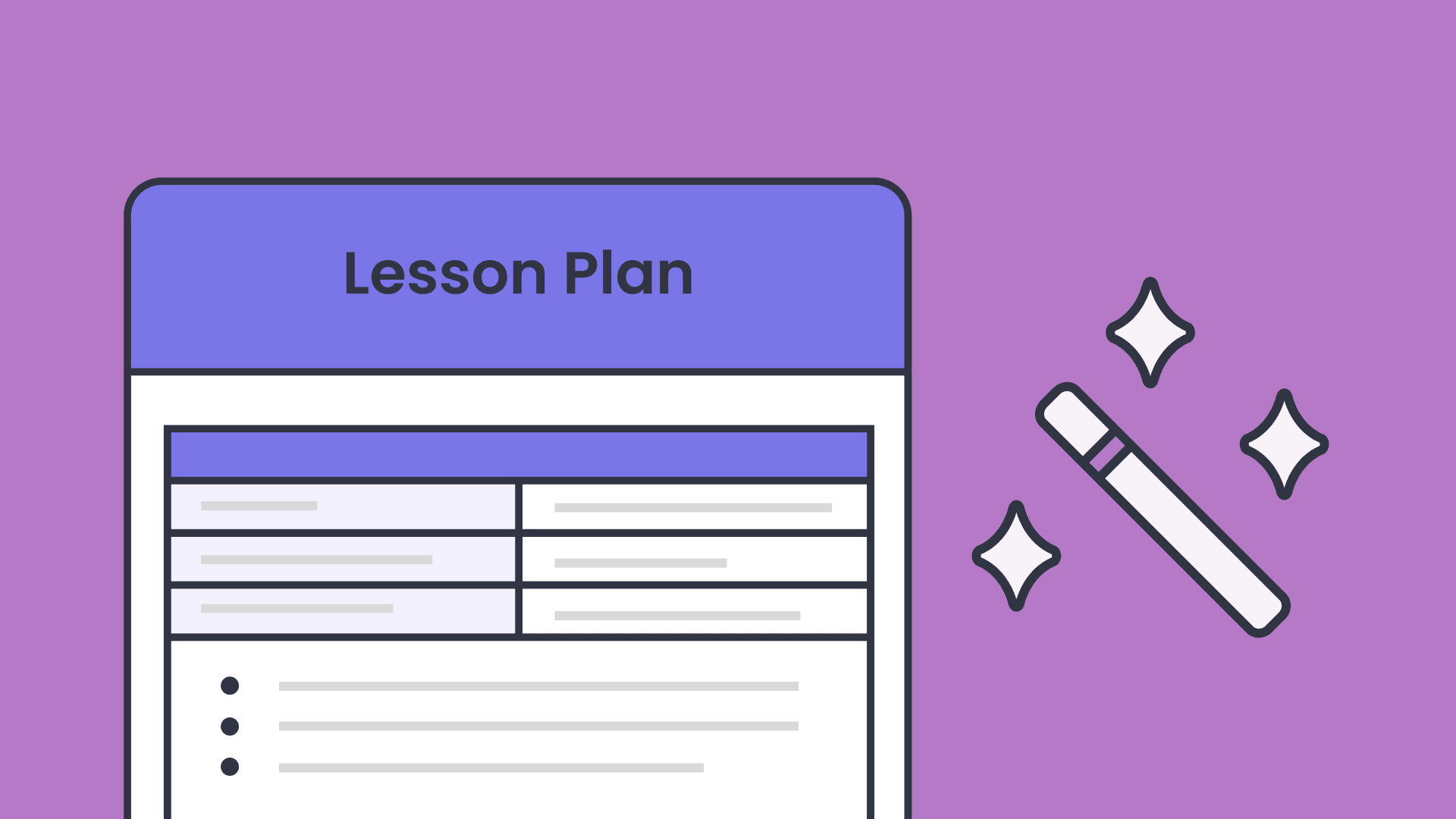Create engaging geography lessons for high school
In this guide
Why engaging geography lessons are essential
We live in an unprecedented era of technology – one where information is literally at our fingertips. Many of our students rely on short 30-second videos to relay the information they want to know, and then it’s onto the next thing. And I’m not youth-shaming here – I’m guilty of endless scrolling too!
So, with attention spans shorter than ever, we need to make sure that our teaching strategies are on point. Our geography lesson plans need to be engaging enough to hold our students’ attention, and interesting enough for the information to stick.
4 Innovative approaches and activities for teaching geography
So, how do we take teaching geography from dusty textbooks and outdated globes into the twenty-first century?
In The Geography Teacher, Hazen and Alberts describe four approaches for creating engaging geography lessons:
- Interdisciplinary teaching
- Creativity in planning
- Enhanced opportunity for student interaction
- Incorporating technology
Here are some prompts and activities for each approach that will take your lesson plans to the next level:
1) Interdisciplinary teaching
Interdisciplinary education is an incredibly effective approach to ensure that students gain a more comprehensive worldview. Learning that happens in a vacuum sends the message that the subject matter isn’t important outside of that particular classroom. It’s also a fun way to collaborate with your fellow teachers across departments!
Geography is a great subject for cross-curricular connections. For example:
History
- Activity: Locate it on a map: what city, state, country, etc did the event occur?
- What physical features of the environment may have contributed to the outcome?
- What was the weather like at the time? Did it affect how the people involved acted? How could a change in weather have changed the outcome?
Current Events
If following the news is a part of your classroom culture, incorporate charting the events you’re seeing into your lessons. Here are some questions to consider exploring with your students about an event:
- How does the social and political history of the area contribute to today’s event?
- Where is the event happening and how do external geographical features affect it?
- Are there multiple sources for this news? Are they primary or secondary sources? Are they reliable?
Earth Science
I’ll admit to dozing off as a student learning about tectonic plates – it just didn’t mean anything to me! But if we had mapped the whens and wheres of them, I might just remember what they are and their effect on different countries around the world today.
- Activity: Ask your students to draw fault lines along a map in order to identify areas that are more prone to experiencing earthquakes.
- How do the people who live there handle the threat? Are the cities and homes built differently?
- What extreme weather is more likely to occur where you live? Why?
Biology
Ecosystems, climates, and weather are directly related to geography. Studying evolution or classification? How did the environment contribute to the development of certain characteristics?
- Activity: Show pictures of animals in their natural habitats.
- What evolutionary advantages help the animal thrive in that environment?
Math
- Activity: Practice pinpointing locations on a globe by using the coordinates of its latitude and longitude.
- Activity: Calculate the distance between two cities and plot the best route for traveling between them on a map.
ELA
Incorporate English Language Arts into your geography lesson plans by using your students’ literary knowledge as a jumping off point. Let’s say they’re currently reading Shakespeare. Here are a few connections you can make:
- Where exactly did the Twelfth Night take place?
- Share a map and ask your students to identify Illyria.
- What countries occupy that area today?
Clearly this is just one example – every story has a setting, so the connections are limitless!
Visual Arts
Extend your geography lesson into the realm of the art world by combining the two.
- Activity: Assign your students a place to render using the artistic media of your choice. Consider having them create watercolor landscapes, sculpted clay mountains, and ocean collages, and more!
Foreign Language
This is another intuitive one. I had a Spanish teacher in high school who wove geography lessons of every Spanish-speaking country into our curriculum.
It was actually the only high school class where I learned anything about modern South America!
2) Creativity in planning
As educators, we’re always under pressure to be more creative with our teaching. But really, who has time for endless brainstorming? I understand, so here are creative some ideas to grab and go:
Create your own country
I remember doing something similar in school that was both really fun and rewarding. Individually or in a small group, your students should decide on the following for their imaginary country:
- A name.
- A national flag, bird, and/or flower.
- The population and demographics.
- The climate and seasons.
- Languages spoken.
- Natural resources.
- Trade partners.
- Allies/Enemies.
- Notable physical features.
And of course you can customize these to align with your classroom goals. Be as creative as you, and you students, can be!
Celebrate seasonally
Since the dawn of humankind people have been celebrating holidays seasonally. The earliest holidays were based on the solstices.
After learning when they occur in different parts of the world, celebrate together as a class!
If you’re studying human geography, you can do a deep dive into significant cultural celebrations by geographic location. You can then respectfully honor them in your classroom by learning about their associated traditions and beliefs.
Have fun with map making

A core feature of learning geography is practicing map skills.
Ask your students to create a map of somewhere they know, or maybe to imagine a map from a book they’re reading.
3) Enhanced interactions
Simply speaking, enhanced interactions within geography lesson planning just means allowing your students to do more than sit and be lectured at. This can include incorporating learning by doing, group work, and student-centered discussions.
Here are a few ideas that will get your students involved in the learning process:
Using a compass
Using a compass is not only an incredibly practical skill to have, but understanding directionality will also provide context for students to envision the geography they’re learning about.
They can practice locating cardinal directions in the classroom, or – if you’re feeling adventurous – send them on a treasure hunt across school grounds!
Pen pals
I don’t think anyone is still writing physical letters to their pen pals, but there’s always an option for email!
If you can connect with a classroom in a different state or country, there are endless opportunities to learn from one another.
Discussion

Creating space for class-wide discussions in your classroom is a proven way to facilitate higher-order learning and to promote engagement.
After laying the ground rules and allowing time for your students to research the topic, let them take the wheel. Here are some topics I suggest debating:
- Pangea – yay or nay?
- Winter or Summer? Pros and cons
- Make a case: Where is the best place to live, and why?
4) Technology
Of course we can’t get away with bringing our school geography lessons into the twenty-first century without taking advantage of the slew of technological tools available to us.
Luckily there are tons of resources out there to help us create the most engaging lesson plans possible. Here are some of the best tools available to us:
Google Earth Education
Okay, this one is super cool and doesn’t get used nearly enough. Google’s Geo Tools can take you back in time to follow the Silk Road, track the movement of glaciers over time, and even study specific habitats.
Google Maps
This one is pretty well known, but did you know that you can use the site to create and download editable maps?
Consider the possibilities of drawing historical borders or highlighting the most important physical features of an area.
Virtual tours
Virtual tours of museums and cultural heritage sites really kicked off during the early days of the Covid-19 pandemic.
Take a field trip without leaving your school and explore National Parks or historic Gettysburg.
National Geologic Map Database
This collaboration between the U.S. Department of the Interior and the U.S. Geological Survey is a digital archive of standardized geoscience info and more.
Videos for the classroom

Short educational videos are the future of classroom learning. Easy, engaging, and content-expert approved, it would be an oversight not to take advantage of the digital media available to you.
Overcoming challenges in teaching geography
Often geography lessons are often skipped over in favor of more “testable” Social Studies subjects – so one of the biggest challenges in teaching geography is simply finding the time and the inclination to do so.
If you’re beholden to a strict curriculum and must “teach to the test”, the good news is that this article has already covered ways you can integrate geography lessons into the teaching of other subjects.
If you’re still looking for the inclination – well – how about the fact that according to the Nation’s Report Card 2018 survey, only 25% of eighth graders tested as “proficient” in geography skills? A bleak number for sure, and one that generally doesn’t improve as students move on to high school, since geography is not a required subject in most states.
This is a cyclical issue. Since geography requirements vary from state to state, many teacher preparation programs don’t focus on how to teach geography – so the teachers themselves may not have extensive knowledge of it.
Early on in my student teaching days, there was a morning where the main classroom teacher had a family emergency. She left me in charge to label all of Europe on the white board for the class to copy down. I was not at all prepared for this task and I bungled it spectacularly. If you, like me, weren’t taught any extensive geography during any of your schooling, my best advice is to learn it now!
Geography is an ever-changing subject with a ton of content and challenges. If you plan your lessons and activities to be interactive, creative, interdisciplinary, and technologically-sound, you’ll be well on the right track to being the best geography teacher out there!

Jessica Pastore
briefcase iconMuseum Educator
Jessica Pastore is a museum educator living and working in New York City. Her background is in social studies education and world history. She has taught in both classroom and gallery settings for the past ten years.
Other posts
Want more content like this?
Subscribe for blog updates, monthly video releases, trending topics, and exclusive content delivered straight to your inbox.






















